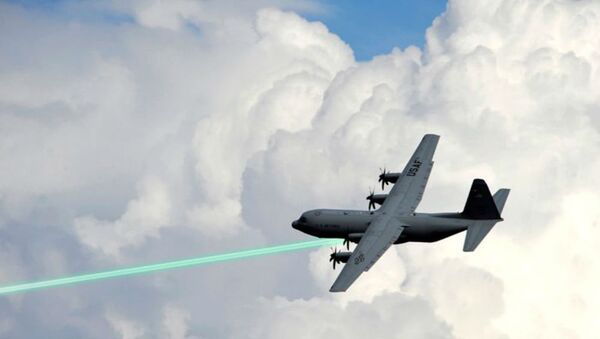Several other companies are developing laser weapons and "we're looking at all of them," Lieutenant General Bradley Heithold, head of AFSOC, said in an interview with Breaking Defense. "The technology is ripe for application on an AC-130."
General Atomics, which developed the MQ-1 Predator drone, also envisions equipping the company’s new jet-powered Predator C Avenger drone with a laser, derived from their High Energy Liquid Laser Area Defense System (HELLADS).
Live-fire tests will be conducted at White Sands Missile Range, New Mexico, where the laser will be fired at a variety of airborne targets over the next 18 months.
The weapon produces a silent, invisible, but extremely hot beam by pumping electricity through rare earth minerals to excite their electrons and generate energy, Defense News reported.
"The reason that I want it on an AC-130 is, right now, when an AC-130 starts firing kinetic weaponry, everybody knows you’re there," Heithold said. "What I want on the airplane is to be able to silently disable something."
Michael Perry, vice president in charge of the laser program at General Atomics, said providing the electrical power a laser needs aboard an aircraft and cooling the system are the chief integration challenges. But those hurdles are relatively minor compared to the feat of generating a laser able to burn holes in steel from miles away.
"There's very little technical question that you can do this," Perry said of Heithold's goal. "The question is how much they want to do how quickly."



